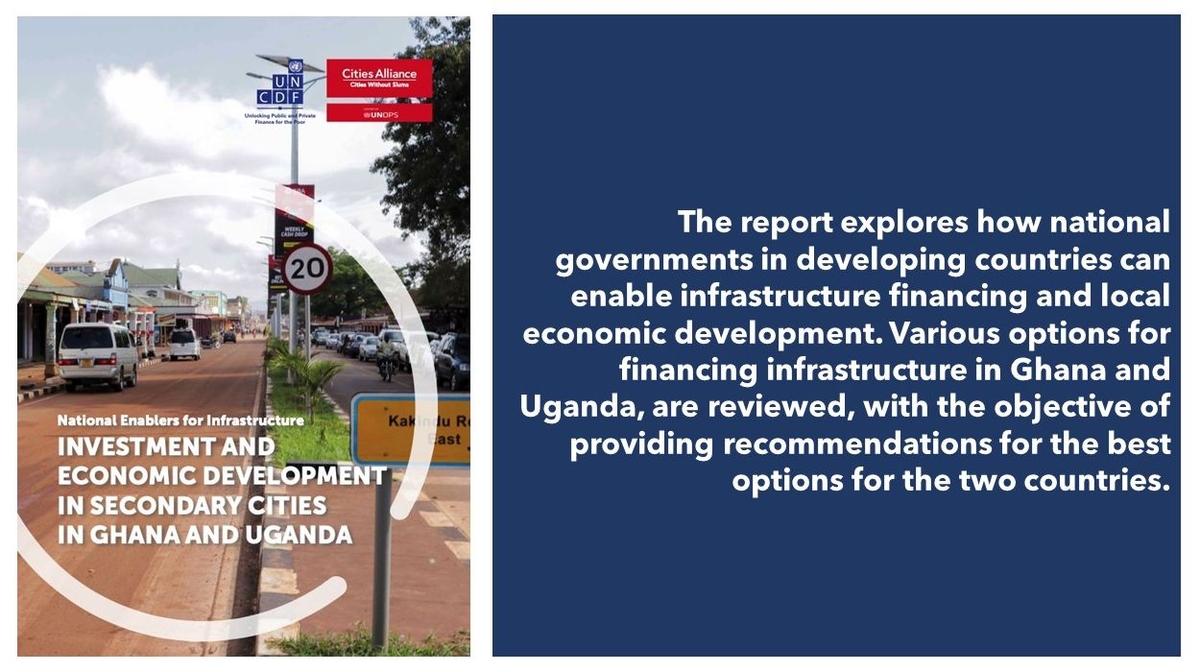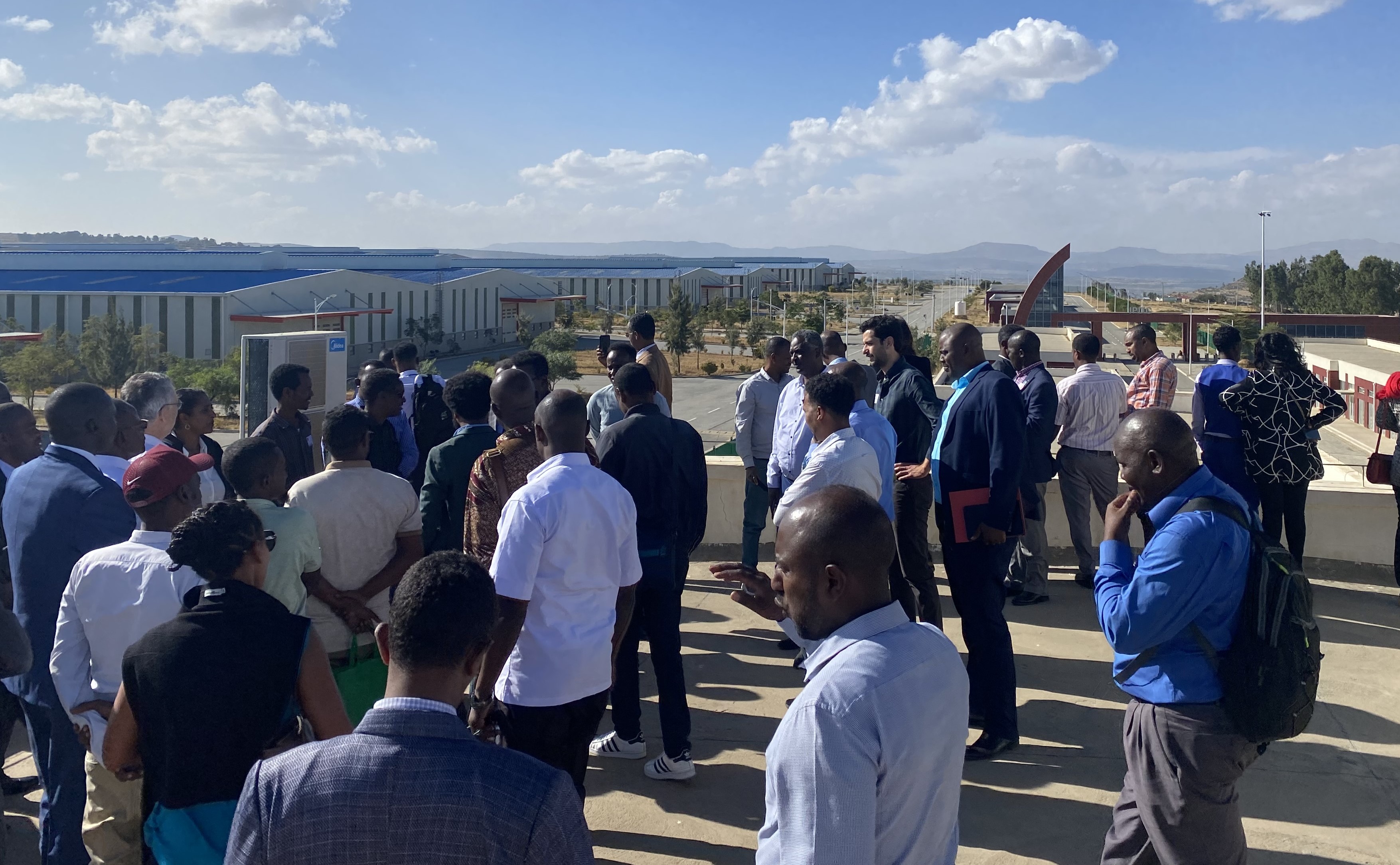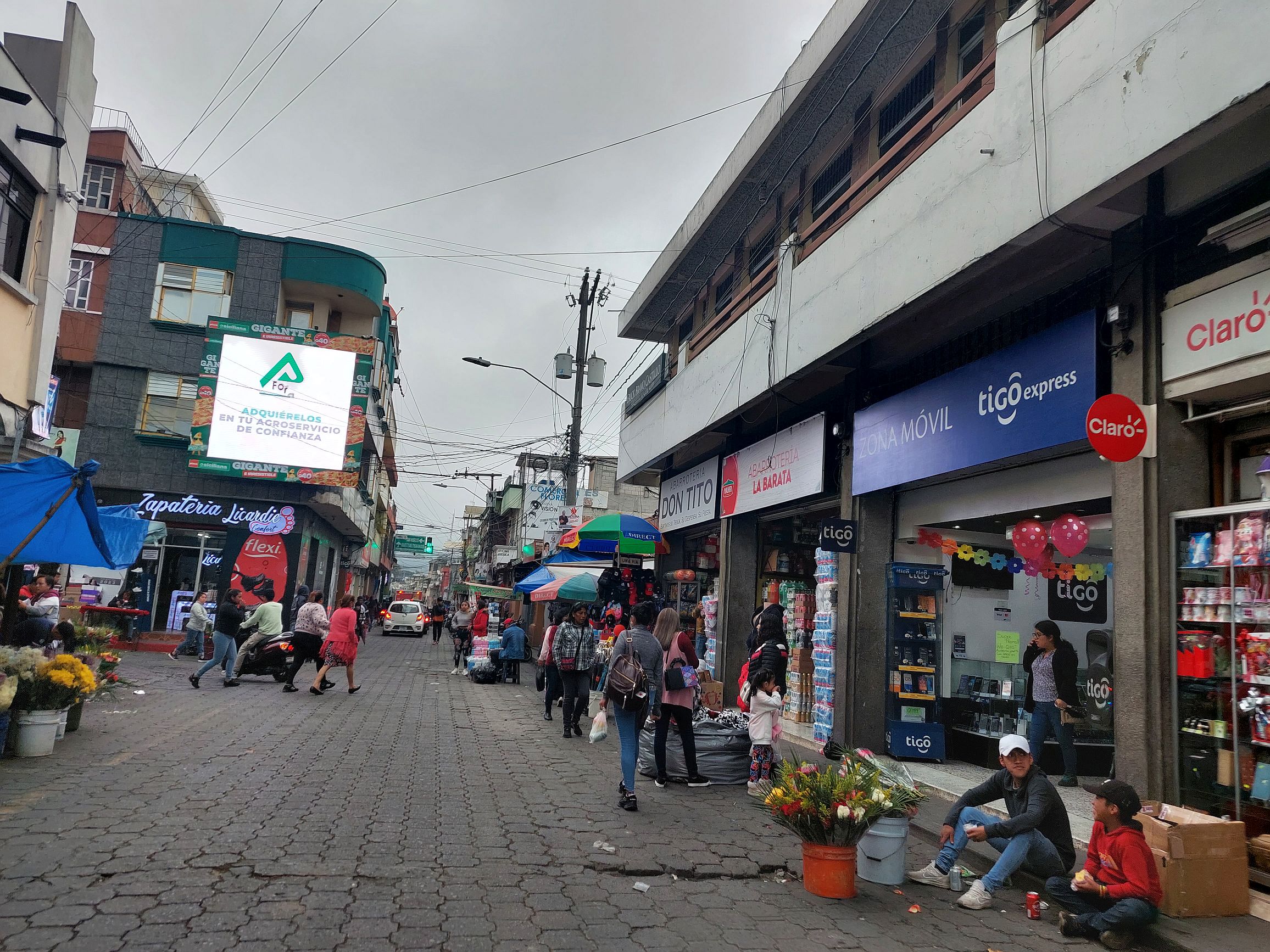Given the scale of financing required for municipal infrastructure, and the limited nature of national government grants to support local governments’ projects, the imperative of leveraging these grants with private sources of credit is a development priority.
Since the 1990s, actions that enhance the powers of cities to improve their own revenue sources (OSR), rationalize intergovernmental fiscal transfers (IGFT) and provide the regulations for a borrowing framework (BF) that can attract long-term capital, have been a part of municipal reforms in most developing countries. These reforms need actions both at the local and national levels so that private sources of finance can be linked with city financing needs in a systemic manner.
In 2019, Cities Alliance launched a joint venture initiative with UNCDF to support secondary cities in Uganda and Ghana in addressing obstacles to investment. The Local Economic Acceleration through Partnerships (LEAP) project was implemented in four secondary cities in Ghana (Agona Swedru West and Cape Coast) and Uganda (Mable and Gulu).
The initiative was implemented as part of Cities Alliance’s Joint Work Programme on Fostering Equitable Economic Growth in Cities through a grant to UNCDF. The LEAP initiative aimed at addressing the obstacles to investment in rapidly growing cities in Uganda and Ghana by creating avenues for public-private dialogue and cooperation and connecting members and partners with industry leaders.
A key output of the LEAP project was the production of a report on “National Enablers for Infrastructure Investment and Economic Development in Secondary Cities in Ghana and Uganda”.
Produced by UNCDF and in collaboration with Cities Alliance, the publication investigates the challenges faced by secondary cities in Ghana Uganda in financing development in general, and infrastructure in particular, and reviews options for financing infrastructure available for both local and national governments.

Key takeaways from the publication:
- Among the options available for financing large infrastructure are bond markets and public-private partnerships in both countries. However, this will require strong local economies from which local governments can raise enough revenue to finance any debt from a bond market and partner the private sector if need be.
- A new approach to local economic development “New LED” is proposed, along with reforms in budgeting and infrastructure planning. New LED is based on three core pillars: economic development, social development, and infrastructure development.
- Given the often-overlooked financial implications of current infrastructure spending on future recurrent budgets of local governments, an integrated approach to infrastructure planning and financing based on capital and recurrent budgeting (rather than the restrictive three-year medium-term expenditure framework, MTEF) is also recommended, with spatial planning serving as the framework for all infrastructure development.





